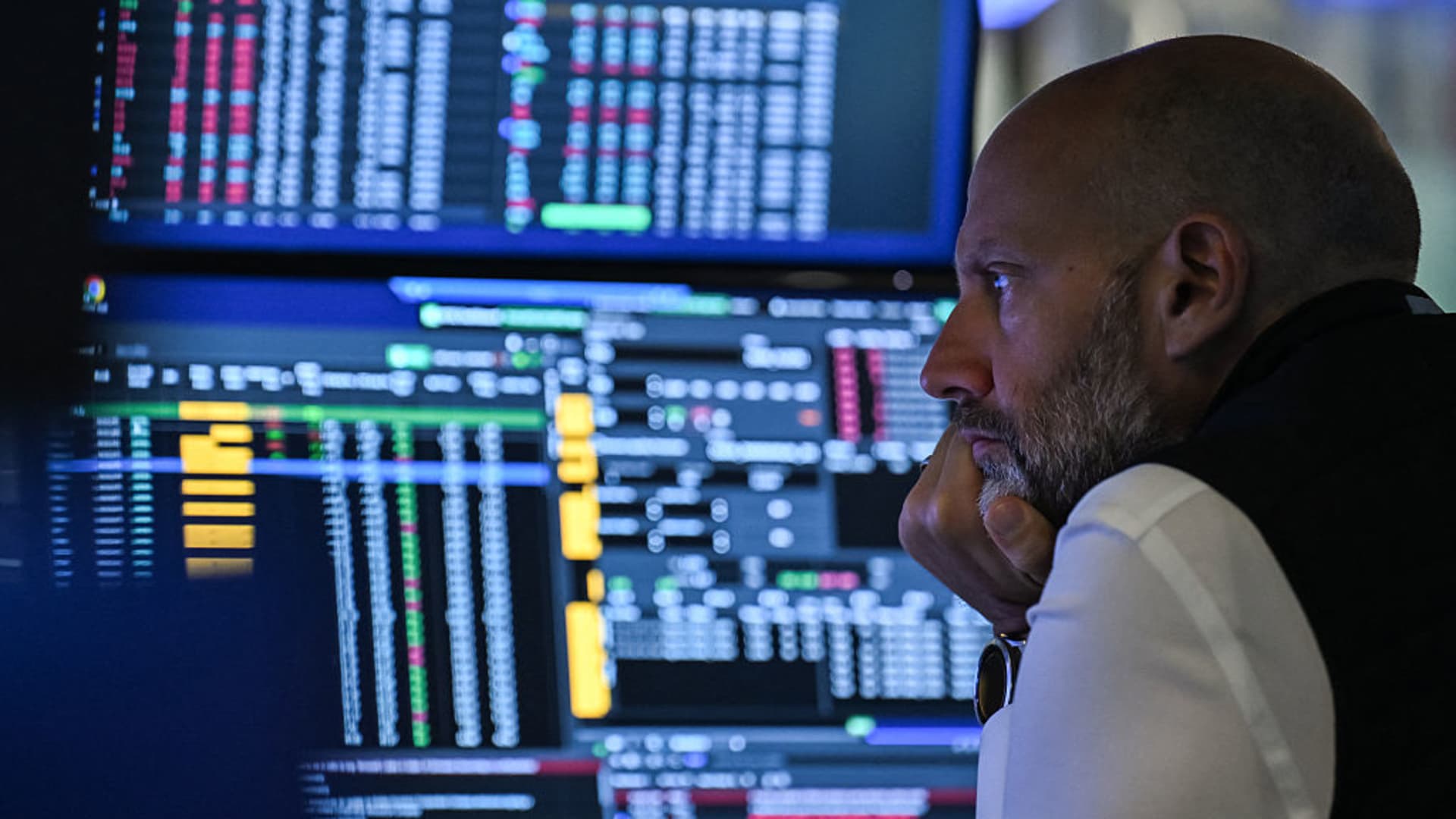The one-two punch of strong earnings and tame inflation helped propel the S & P 500 to a positive week — despite the latest tariff news on Friday putting a slight damper on the action. The broad index added 0.59% for the week led by technology, utilities and industrials, while the tech-heavy Nasdaq outperformed, jumping 1.51%. Meanwhile, the Dow Jones Industrial Average finished the week slightly in negative territory, down 0.07%, after falling 142 points Friday on a report that President Donald Trump was pushing for between 15% to 20% tariffs in any deal with the European Union. The main economic event of the week came Tuesday, with the release of the June consumer price index. The headline CPI reading tracked in line with expectations, rising 2.7% year over year. However, the core index, which strips out food and energy due to their higher levels of volatility, came in slightly below expectations at 2.9% versus 3.0% expected. It wasn’t a perfect report, though. Importantly, the shelter cost index was up 3.8% year over year. While lower than what we saw in the 12-month period ending May 2025 and trending the right way, it’s still above the overall rate of inflation. For that reason, it’s problematic as the Federal Reserve looks to thread the needle between maintaining price stability — which requires higher rates to address issues like the rise in shelter costs — and keeping unemployment low. Fortunately, for the time being, labor market dynamics are on the Fed’s side, with the unemployment rate coming at 4.1%, as of June, and initial jobless claims now falling for five straight weeks. As a result, the market, according to the CME FedWatch Tool , continues to believe the Fed will keep its benchmark lending rate steady at its late July meeting, though the base case remains that we will likely see two cuts by year-end. More good news on inflation arrived Wednesday when the June producer price index came in a bit below expectations on both the headline and core readings. Known as the PPI, the gauge tracks wholesale inflation and is seen as a leading indicator for the CPI given it provides insights into what producers of goods are paying for their inputs. If their costs are going up, that will ultimately feed into what we all see in stores. It’s too early to make a final judgement on how much tariffs are trickling into consumer prices, even though the overall impact so far appears to be subdued. Beneath the surface of the CPI report, some tariff-sensitive goods categories, such as household furnishings and supplies, increased at rates above the headline level. At the same time, within the PPI report, we saw a 0.1% decline in final demand services that was more than offset by a 0.3% increase in final demand goods. Putting it all together, the tariff impact thus far has proven very manageable — for now. It’s possible the impact grows over time. As a result, while we continue to think rates should ultimately come down, we don’t think Fed Chair Jerome Powell would be wrong to keep rates where they are for now as we wait for another month of data to roll in. Other positive economic updates this week included a better-than-expected read on June industrial production and capacity utilization; lower-than-expected initial jobless claims for the week ending June 12; strong June retail sales, and slight beat on June housing starts. Earnings was the other big story of the week, and the results were overall supportive of the idea that companies are deftly navigating the tricky economic moment. As for Club earnings, we had some hits and misses, though no real thesis-changing events. On Tuesday morning, we were wrong in thinking Wells Fargo could increase its net interest income outlook. No denying it. However, the reason we aren’t changing our view is because we like why we were wrong. Rather than focus on the net interest part of its business — which is highly dependent on interest rates and therefore more out of management’s control — the team is pushing deeper into the fee-based side of the operation, which tends to be more predictable. After falling around 5.5% on the report Tuesday, shares of Wells Fargo gained 2.3% over the final three days of the week, which was nice to see after the initial market reaction. BlackRock also got clobbered when it released second-quarter results Tuesday, sinking 5.9%. While the asset management giant did miss on revenues, we argued the sellers were short-sighted and failed to appreciate things such as the strong organic growth in fee revenue. They also weren’t considering the transformative acquisition of private credit manager HPS acquisition, which wasn’t in the Q2 results because it didn’t close until July 1. That deal stands to provide a significant boost to the business going forward. Indeed, our more optimistic read on BlackRock’s report proved to be correct. The stock quickly bounced back, touching a fresh all-time intraday high Friday before closing modestly lower in the session. Our final financial of the week to report, Goldman Sachs produced very strong results. Despite a tepid stock reaction, investors shouldn’t ignore the combination of excellent execution, high levels of excess capital, and an improving IPO and M & A environment in the back half of the year. As we work our way into 2026, those three factors support a higher stock price. Goldman sits about 2% off its all-time closing high of nearly $724 a share on July 3. Abbott Labs rounded out the week Thursday, reporting a top and bottom line beat with strong organic growth versus the prior year. However, shares took an 8.5% dive as management failed to increase its outlook for full year earnings, guided below expectations for current earnings, and shaved its outlook for full-year organic sales growth. It wasn’t the kind of print we’ve come to expect from Abbott. However, we appreciate CEO Robert Ford coming on “Mad Money” to provide a closer look at the quarter and the path ahead. It bolstered our conviction to stick with the name. We’re hardly alone on Wall Street, with many analysts coming out in defense of the stock Friday. In fact, analysts at Jefferies actually took the pullback as an opportunity to upgrade shares to a buy rating. Abbott shares added 2.6% Friday, clawing back a few of the bucks lost in Thursday’s sell-off. (Jim Cramer’s Charitable Trust is long WFC, GS, BLK and ABT. See here for a full list of the stocks.) As a subscriber to the CNBC Investing Club with Jim Cramer, you will receive a trade alert before Jim makes a trade. Jim waits 45 minutes after sending a trade alert before buying or selling a stock in his charitable trust’s portfolio. If Jim has talked about a stock on CNBC TV, he waits 72 hours after issuing the trade alert before executing the trade. THE ABOVE INVESTING CLUB INFORMATION IS SUBJECT TO OUR TERMS AND CONDITIONS AND PRIVACY POLICY , TOGETHER WITH OUR DISCLAIMER . NO FIDUCIARY OBLIGATION OR DUTY EXISTS, OR IS CREATED, BY VIRTUE OF YOUR RECEIPT OF ANY INFORMATION PROVIDED IN CONNECTION WITH THE INVESTING CLUB. NO SPECIFIC OUTCOME OR PROFIT IS GUARANTEED.
Don’t judge the quarter too quickly


